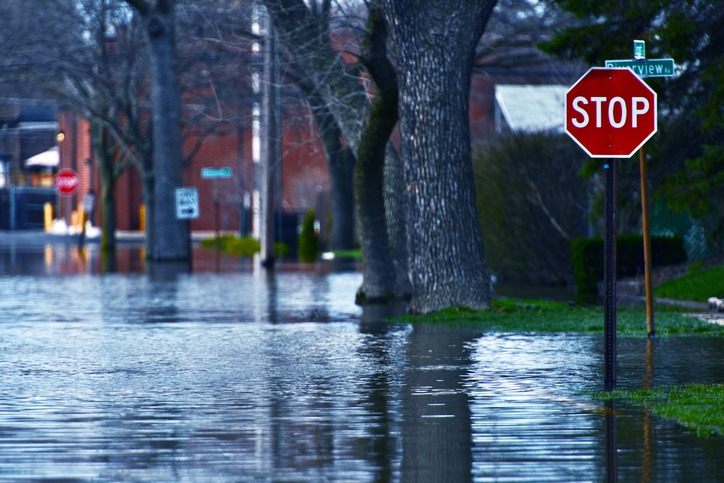The recent devastation from Hurricane Helene has left many homeowners facing unimaginable damage. Heartbreakingly, a large portion of those affected lacked flood insurance, leaving them with overwhelming costs. While Illinois may seem safe from such storms, the message is clear: flood insurance is crucial everywhere, even where hurricanes are unlikely. Here’s why it matters to you.
Homeowners Insurance Doesn’t Cover Floods
One of the most overlooked aspects of home protection is that standard homeowners insurance policies do *not* cover flood damage. Whether from hurricanes, heavy rains, or flash flooding, water can wreak havoc on your home. According to FEMA, even a single inch of water can result in damages totaling up to $25,000. That’s a staggering financial burden for anyone, especially those without proper coverage.
Flood insurance, typically offered through the National Flood Insurance Program (NFIP), can cover up to $250,000 for property damage and $100,000 for personal belongings. But surprisingly, a large portion of homeowners don’t have it. In fact, only around 15% of U.S. homeowners are covered, and for those in less flood-prone areas, like Illinois, that percentage is even smaller.
Floods Happen, Even in Illinois
While hurricanes rarely touch the Midwest, Illinois is no stranger to flooding. Torrential rainfalls and overflowing rivers have caused significant flood damage over the years. The 2019 floods, for instance, led to over $100 million in damage across the state. And even outside of recognized flood zones, homes are still at risk. From 2014 to 2018, over 40% of flood insurance claims came from areas considered “low-risk” by FEMA.
Misconceptions Can Be Costly
Many homeowners mistakenly believe they’re safe from flooding if they don’t live near a body of water. However, 99% of U.S. counties have experienced at least one flooding event. Illinois may not face hurricanes like Helene, but heavy storms and flash floods are real threats. And with climate patterns becoming increasingly unpredictable, the potential for severe weather, including floods, is on the rise.
For most people, rebuilding after a flood without insurance isn’t financially feasible. FEMA disaster aid is often limited and comes in the form of loans that must be repaid, which can add to the financial strain. Flood insurance offers a safety net—helping you recover without the need for additional debt.
Protect Your Home Before It’s Too Late
Flood insurance requires careful planning. There’s typically a 30-day waiting period before your policy takes effect, so don’t wait for storm clouds to appear before you act. It’s better to be prepared and have the peace of mind that comes with knowing your home is protected from unexpected disasters.
Illinois may never experience a hurricane, but the rains will come—and when they do, flood insurance can be the difference between financial ruin and a manageable recovery.









